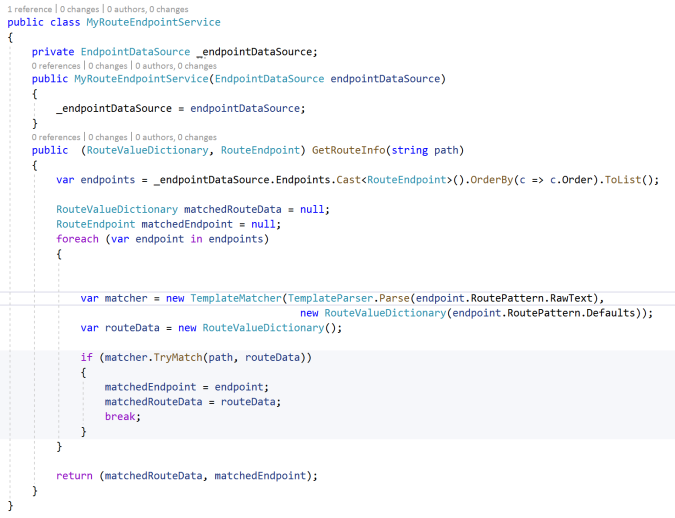With many Azure services available, it may be sometimes hard to know what is the right service for the specific problem you are trying to solve. Service Bus queues and topics can be confused with Azure Storage Queue, even though they each solve a specific problem. Microsoft Documentation outlines some of the technical differences such as message size, push-style, but I wanted to share my experience deciding between Azure Service Bus and Storage Queue.
Similarities
Service Bus (queue/topic) and Storage queue are both queue system that stores messages to be retrieved by a client or receiver. The sender can be web application that would like to notify other apps that, for instance, an order has been submitted or a message was posted ready to be processed. The Service Bus or Storage Queue has one or more receivers that’s ready to process messages from the queue. In our example, the receiver can notify the shipping application that an order is ready to be shipped or email recipient the status of their order. These two services can also have multiple receivers hence load balancing the messages. In other words, if you want your messages to be processed as soon as possible, you have the option of spinning up many instances of your receivers so that messages can be retrieved and deleted as soon as it is picked up from the queue. When then should one use Azure Service Bus and when to use an Azure Storage Queue?
Differences
From an architecture perspective, a Storage Queue receive is usually a Windows service that loops to check if the queue has a new message ready to be processed. Your architecture needs to allow room for a Windows Service. Azure Service Bus does not need a separated Windows service to run. Service Bus receiver has an event pump messaging system wrapped up in a callback or handler that is thread safe. It can be register with your web application on startup, then it’ll be automatically spin up a thread checking if a new message has arrived. With just few lines of code, you are can be ready to send and receive messages. One thing to note, you have to be carefully that your receiver logic does not so much heavy resources (CPU and Memory) that it starts to compete resources with the web server requests. This was the case of one of my clients. Trying to extract data from PDF with some heavy computational algorithms is not a good option here, we decided to move the code to a Windows Service where it needed 128GB of memory and 12 CPU cores.
Furthermore, you may have a business requirement that messages should be processed in order. With Azure Storage Queue, the order messages are processed are not guaranteed, whereas with Service Bus you can enable session and truly guarantee a First In First Out order (FIFO).
Also, Service Bus introduces the notion of topic and subscription. The topic is your sender and subscriptions are the receivers that filter which message to process. For example, you have a workflow scenario where the admin enters new hires in your your system and you have some business requirements to process new employees from Europe and Asia through a different sets of logic from tax, healthcare, retirement. One can setup three Service Bus receivers that subscribe when a new hire is registered: European hires, Asian hires, and other hires subscribers. This feature is not available in Azure Storage Queue.
As you can see, I’m an advocate of Service Bus. However, so far the only scenario that I had to switch to Storage Queue was a storage constraint. Service Bus Queue/Topics can only hold a total of 80GB messages where has a Storage queue 500TB. In situation when you need storage because your receivers can be offline for days, Storage Queue can definitely be a solution.
If you’ve encountered a different scenario where you had to switch from implementing a Storage Queue to a Service Bus or vice versa, please feel free to share!


